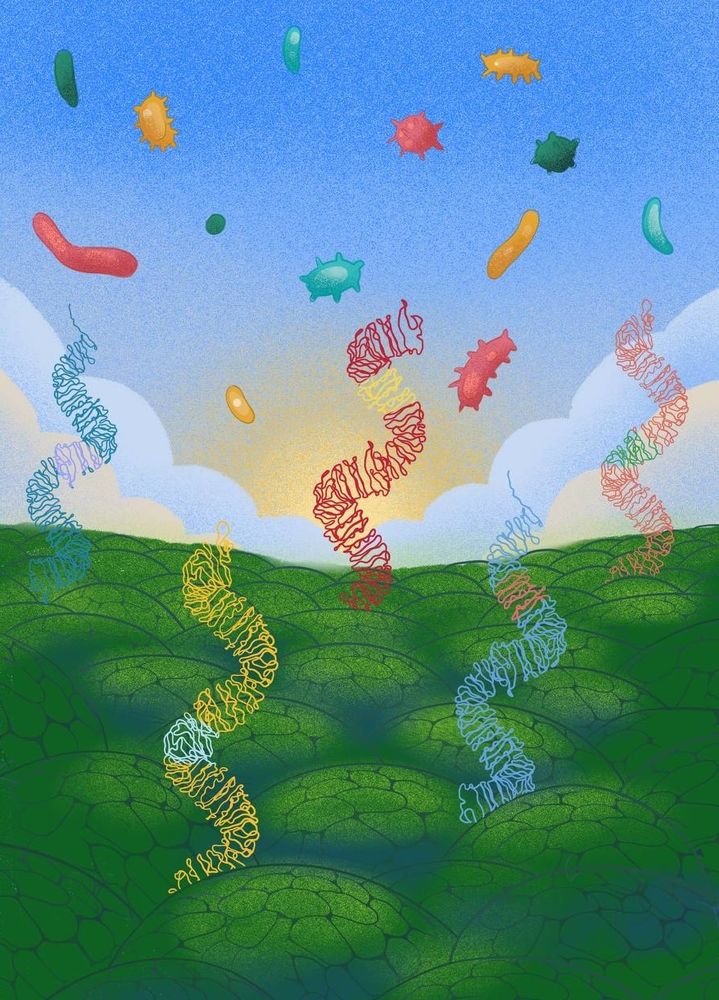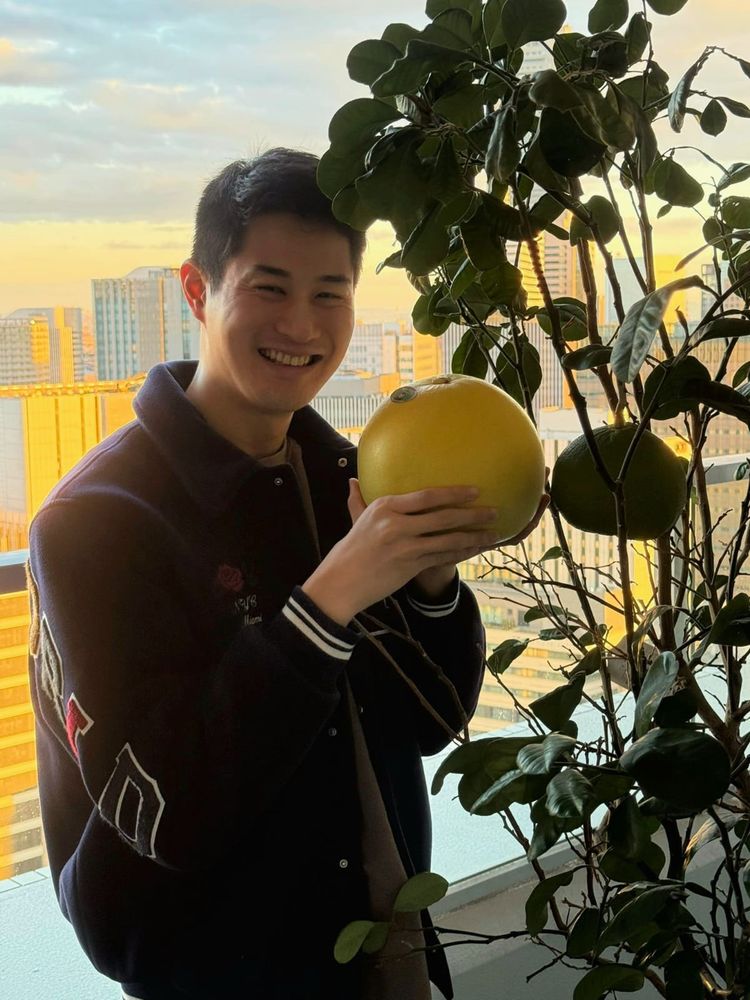

As usual, we have uploaded the data, including RCM analysis, receptor & peptide sequences, raw data…etc etc on Zenodo
(zenodo.org/records/1546... )

As usual, we have uploaded the data, including RCM analysis, receptor & peptide sequences, raw data…etc etc on Zenodo
(zenodo.org/records/1546... )

We predicted receptor-peptide structures to narrow down the region of interest.

We predicted receptor-peptide structures to narrow down the region of interest.
Across the 22 SOCRE orthologs we tested, most exhibit unique recognition specificity towards different CSP peptides.

Across the 22 SOCRE orthologs we tested, most exhibit unique recognition specificity towards different CSP peptides.
We wonder if SCORE orthologs across the flowering plant lineage can perceive different CSP peptides.

We wonder if SCORE orthologs across the flowering plant lineage can perceive different CSP peptides.
In addition, CORE and SCORE are not closely related; these receptors convergently evolved to perceive CSPs.

In addition, CORE and SCORE are not closely related; these receptors convergently evolved to perceive CSPs.
Following biochemical analyses, we discovered that 181 perceives cold shock protein (CSP) peptides.

Following biochemical analyses, we discovered that 181 perceives cold shock protein (CSP) peptides.
We obtained >1000s subgroups with this approach, and cloned ~210s into receptor chimeras for further characterization.

We obtained >1000s subgroups with this approach, and cloned ~210s into receptor chimeras for further characterization.
-Designed a system to characterize the pathogen recognition landscape of LRR-RLK-XIIs in plants
-Identified an ancient but lineage-specific PRR that exhibits remarkable polymorphism in MAMP recognition
-Designed PRRs to perceive specific MAMPs from multiple crop pathogens

-Designed a system to characterize the pathogen recognition landscape of LRR-RLK-XIIs in plants
-Identified an ancient but lineage-specific PRR that exhibits remarkable polymorphism in MAMP recognition
-Designed PRRs to perceive specific MAMPs from multiple crop pathogens
(XXI)

(XXI)
(XX)

(XX)
(XIX)

(XIX)
(XVIII)

(XVIII)
(XVII)

(XVII)
(XVI)

(XVI)
(XV)


(XV)
(🍁🍋🍊🌳)

(🍁🍋🍊🌳)
(🦠🥒🍄🌿🪱🐈)

(🦠🥒🍄🌿🪱🐈)
(XIV)

(XIV)
(XIII)


(XIII)
(XII)


(XII)
(XI)

(XI)
(X)

(X)
Here's a photo of me holding a farm-grown banpeiyu from Kumamoto, versus the only single banpeiyu produced by my home-grown baby tree🍊

Here's a photo of me holding a farm-grown banpeiyu from Kumamoto, versus the only single banpeiyu produced by my home-grown baby tree🍊

